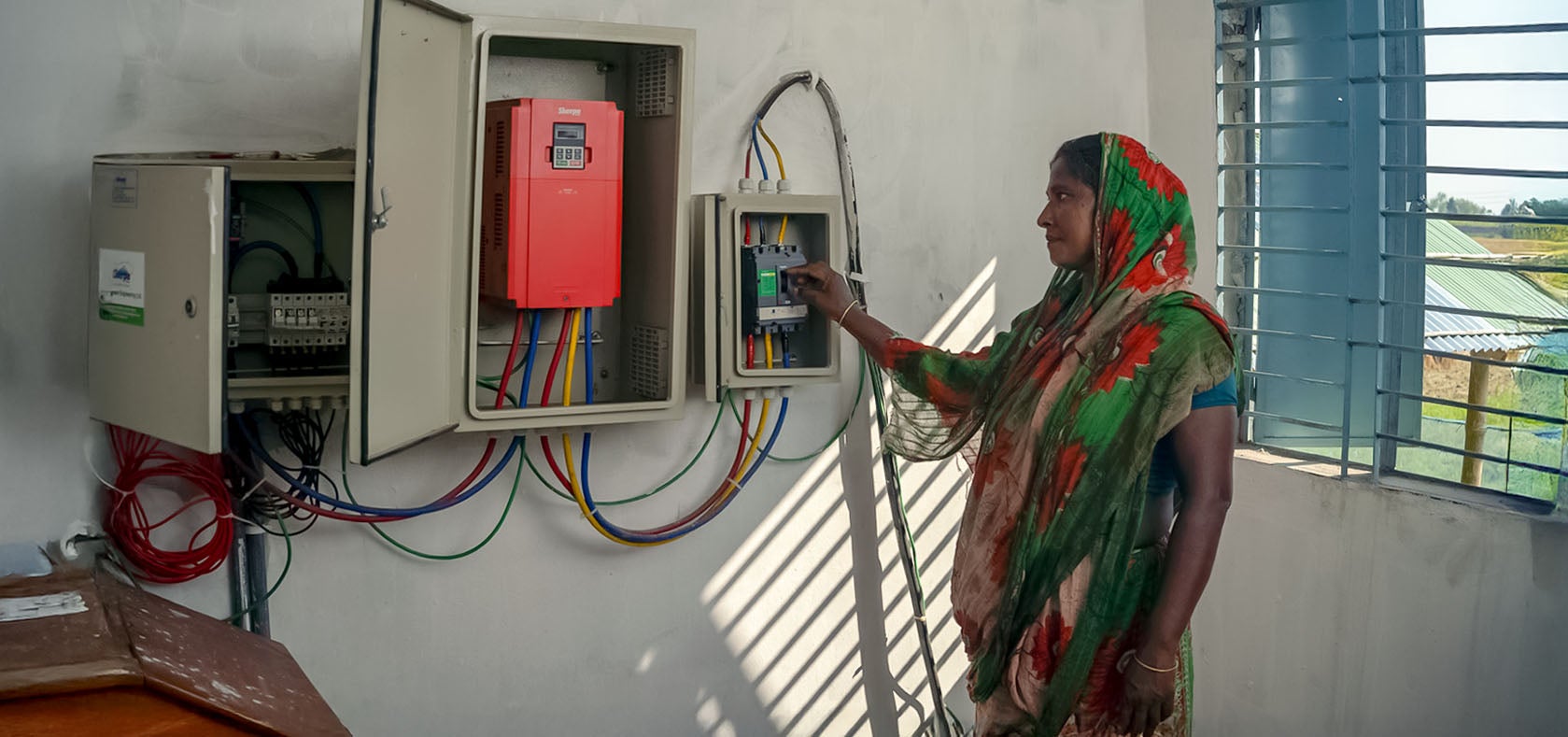Better energy policies start with better gender data
Date:

This International Women’s Day is around the theme of For ALL women and girls: Rights. Equality. Empowerment. Today we look at why women’s representation in the energy sector matters – and how gender data can help shape more inclusive energy policies and actions that foster equity.
Data are a critical foundation for decision-making across industries, whether in sports, business or policymaking. When data are not disaggregated, women’s needs and contributions remain invisible, perpetuating inequalities. The data that are collected shape priorities and policies. As feminist geographer Joni Seager said: “what gets counted counts”.
Policymakers have a responsibility to ensure that data collection and analysis capture the experiences of all genders, moving beyond the default assumption of the male experience as universal. Data help us understand the specific vulnerabilities and needs of women and girls. However, lacking such data creates gaps in targeted policies, services and interventions. Gender statistics and age, disability and sex-disaggregated data are fundamental for effective policies.
One striking example is car crash tests. Historically, dummies were designed based on the average male body, making car safety features less adapted to female bodies. This puts women at a higher risk of injury or death in a crash.
Lack of gender and energy data leaves women exposed to risks
Just as gender-blind car safety data put women at greater risk, the absence of gender-specific energy data leads to policies and actions that fail half the population, reinforcing inequities in health, education and economic empowerment.
Consider household energy use. Many rural households across Southeast Asia still use unclean cooking fuels, such as wood and charcoal. Since cooking is typically women’s responsibility, they are disproportionately exposed to harmful fuels, increasing health risks. Around 15 per cent of women in Cambodia and 17 per cent of women in the Philippines are estimated to be at risk of these adverse impacts.
Without appropriate data on these health impacts, energy policies may overlook clean cooking solutions, exposing women to preventable harm.
Three key areas for gender integration in the energy sector
- Human-centric energy solutions
Energy policies must prioritize human impact, including health, education and economic empowerment. This means investing in clean cooking solutions and designing energy projects that meet the needs of women and other marginalized communities.
In the Philippines, the Department of Energy (DOE) integrates gender considerations into its energy sector by mandating sex-disaggregated data collection through a Gender Toolkit. This ensures policies consider the specific needs of women and marginalized communities.
- Energy access and distribution
Women in developing regions face greater barriers to accessing clean, affordable energy. Time spent collecting firewood or other traditional fuels limits opportunities for education, income generation and other activities. Women, as primary managers of household energy, are often excluded from policy discussions. Integrating gender considerations into energy distribution policies promotes equal access for all.
In Cambodia, the Rural Electrification Fund focuses on expanding access to electricity in remote areas. This programme supports women by offering affordable energy solutions, reducing the time women spend collecting firewood.
- Leadership and decision-making
Women’s leadership within the energy sector remains limited. They currently comprise around 32 per cent of the global renewable energy workforce but are underrepresented in technical and leadership positions. Expanding science, technology, engineering and mathematics (STEM) education, technical training and financing for women entrepreneurs can address these gaps. There is also a need to address structural barriers to women’s leadership, create anti-discrimination policies and expand mentorship and networking opportunities for women. Increasing women’s participation in energy decision-making will bring more diverse perspectives and lead to policies and solutions that serve entire communities more effectively.
In Sri Lanka, the Ministry of Power and Renewable Energy launched the Women’s Energy Leadership Initiative, which provides leadership training and facilitates women’s participation in policy discussions.
Gender data for smarter energy policies
The EmPower: Women for Climate-Resilient Societies programme (EmPower), jointly implemented by the UN Environment Programme and UN Women with support from the Governments of Germany, New Zealand, Sweden and Switzerland, seeks to bridge these gaps by integrating gender considerations into energy data collection. Working regionally and nationally in programme countries, EmPower collaborates with partners such as the ASEAN Centre for Energy and the Department of Energy in the Philippines to improve gender and energy data collection.
Gender data is not just about gender equity; it also enhances the effectiveness and inclusivity of energy policies and investments. Systematic collection and use of gender-disaggregated data enable policymakers to address critical energy needs and improve health and environmental outcomes; ensure equal access to energy services, interventions and work opportunities; foster innovation and sustainability that can accelerate meeting national energy targets; and increase the productivity of all workers in advancing economies.